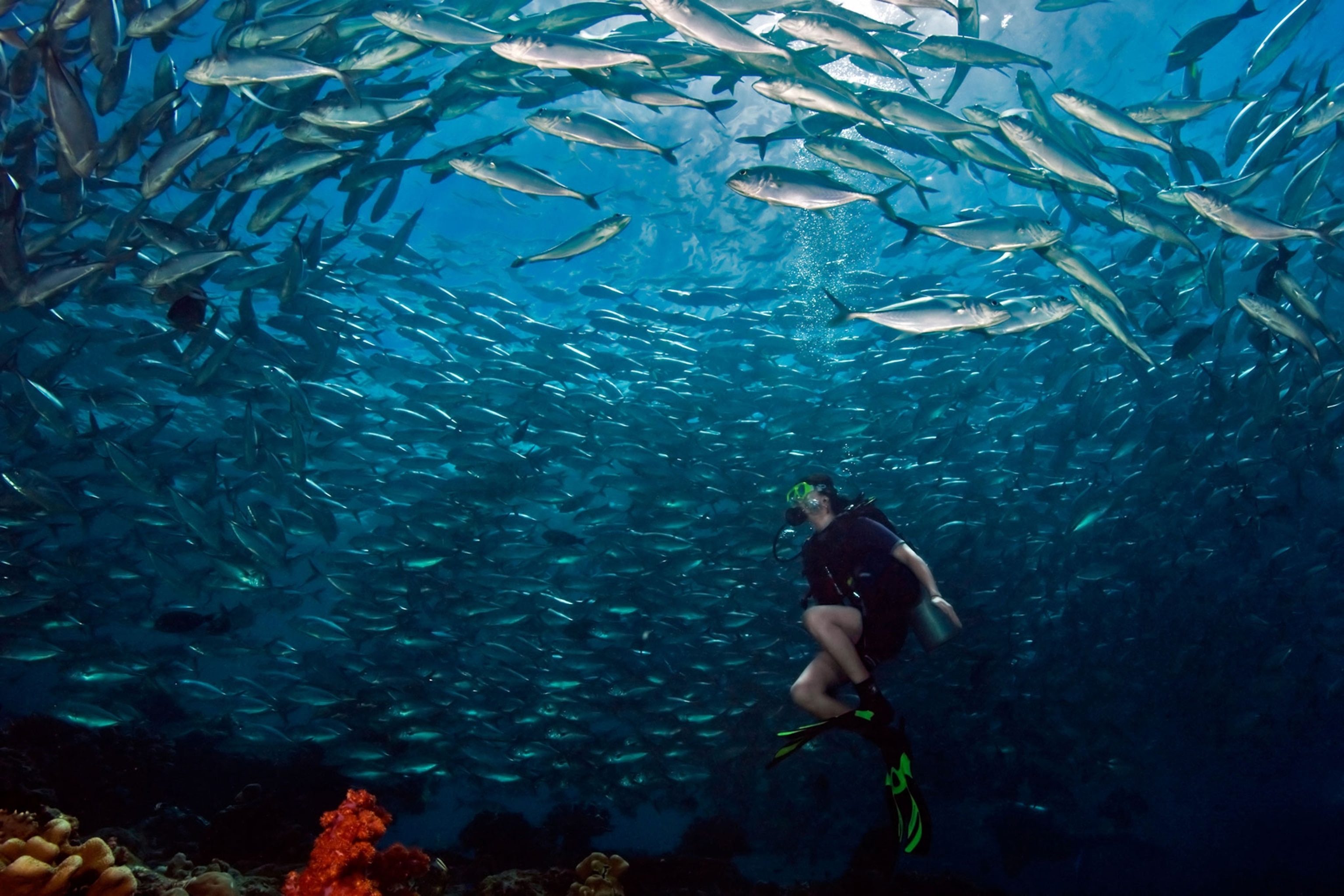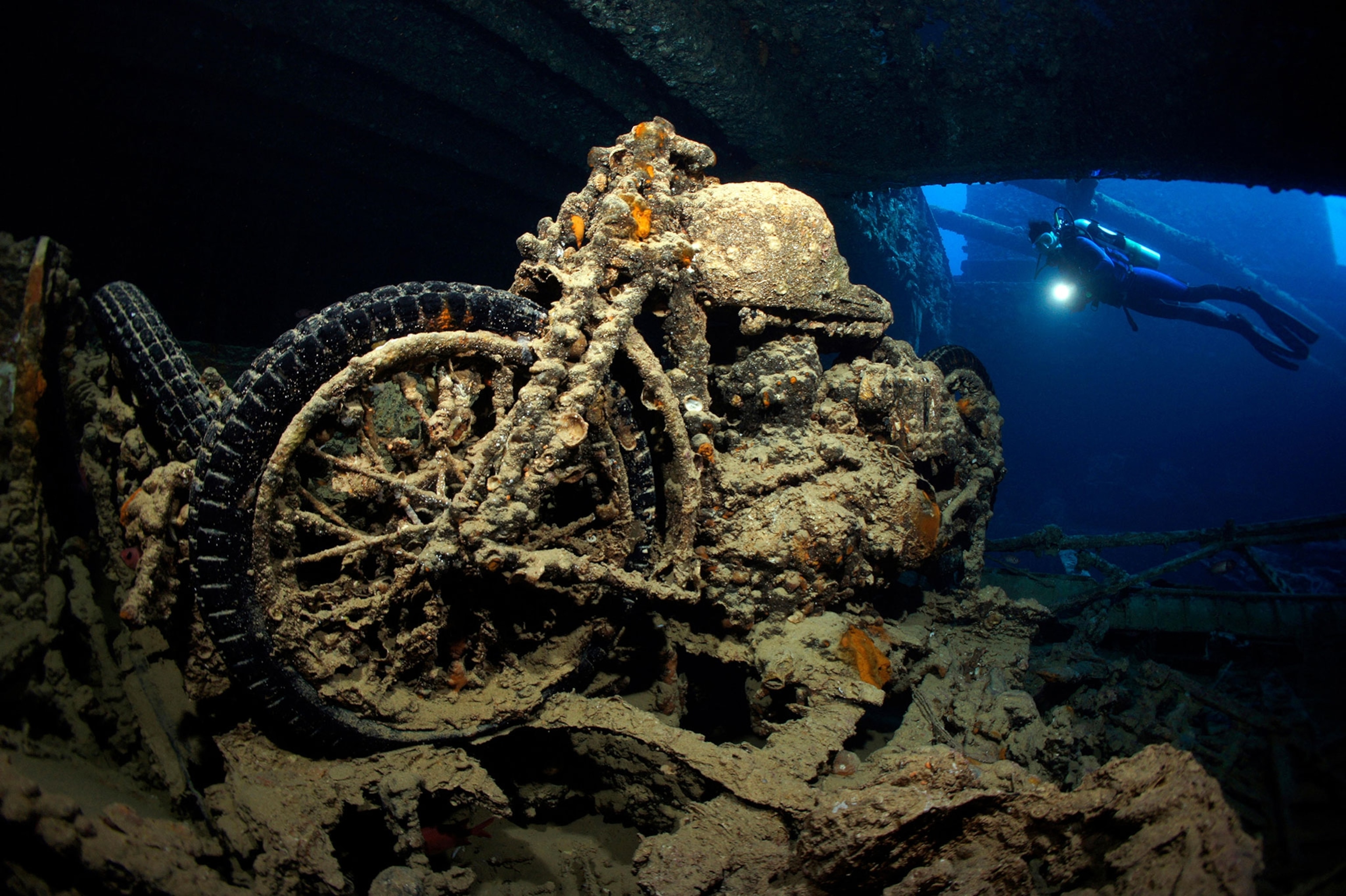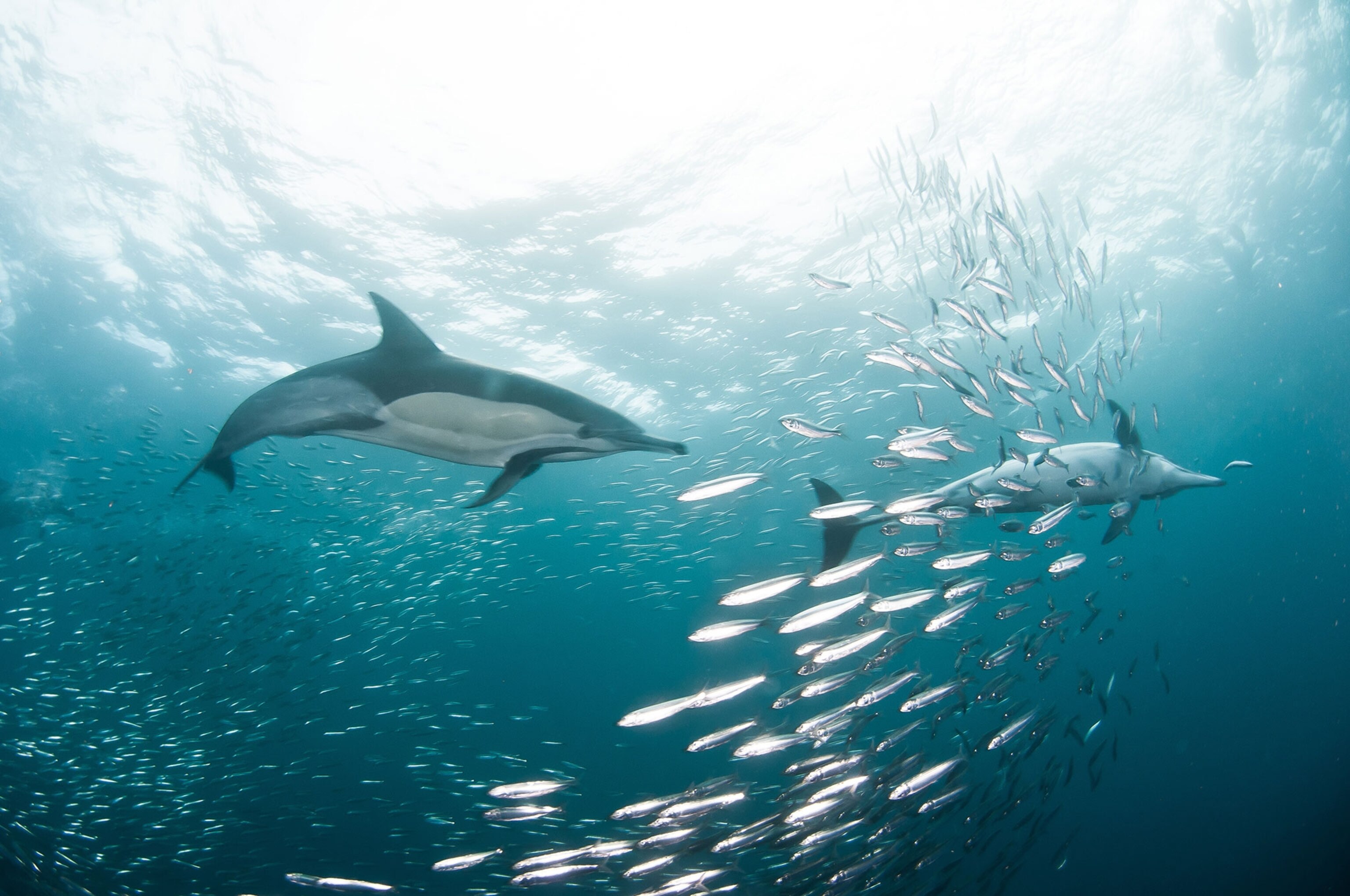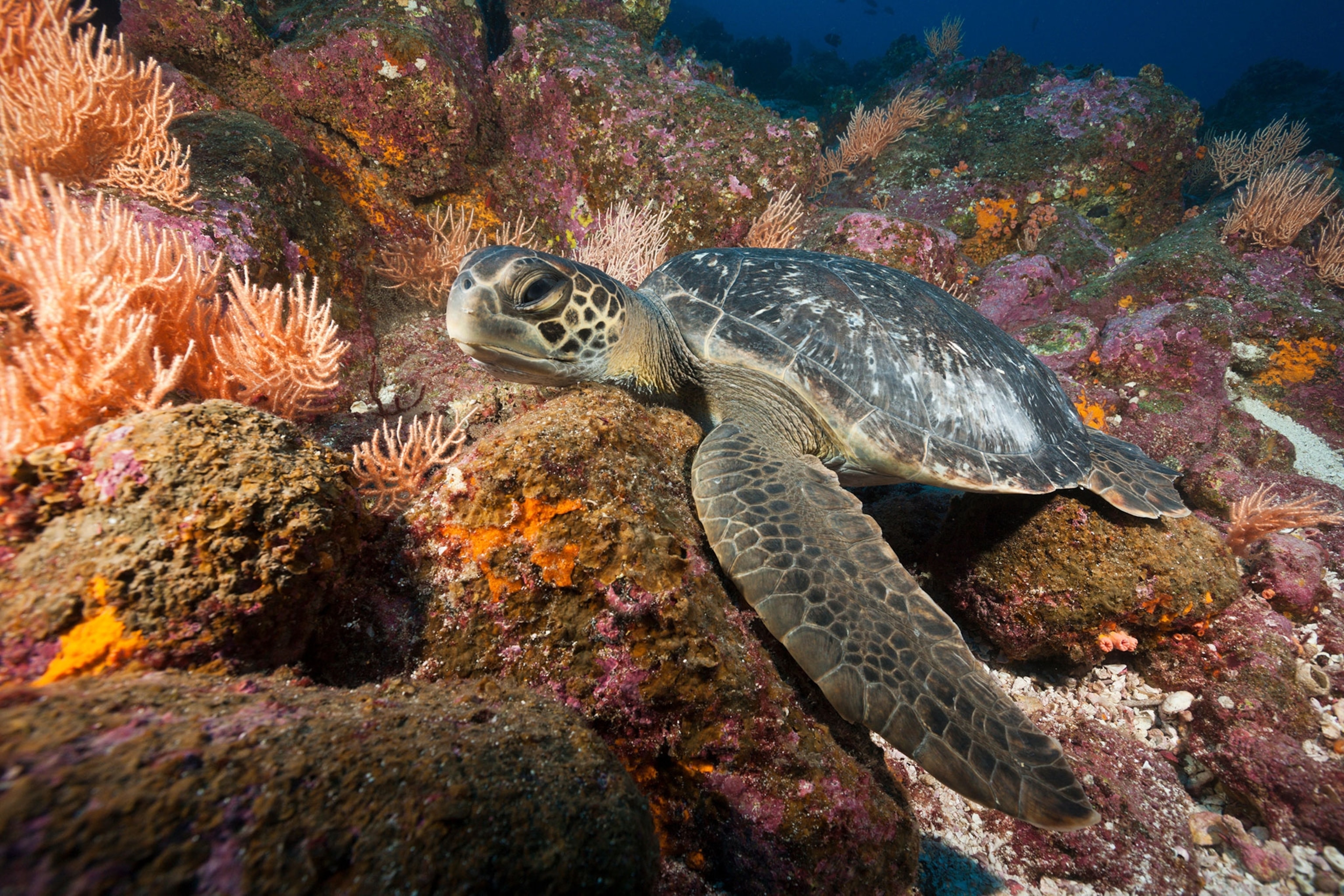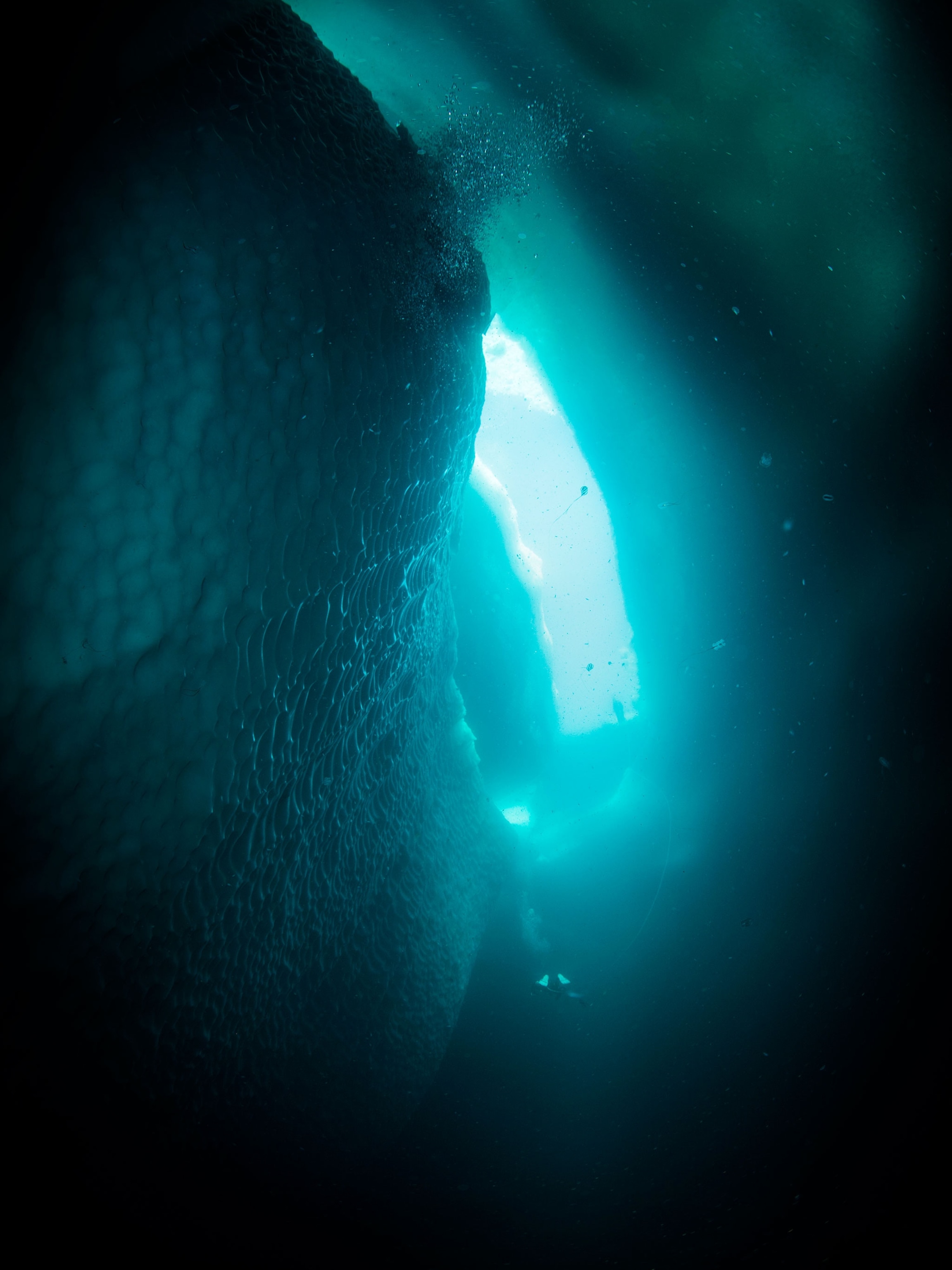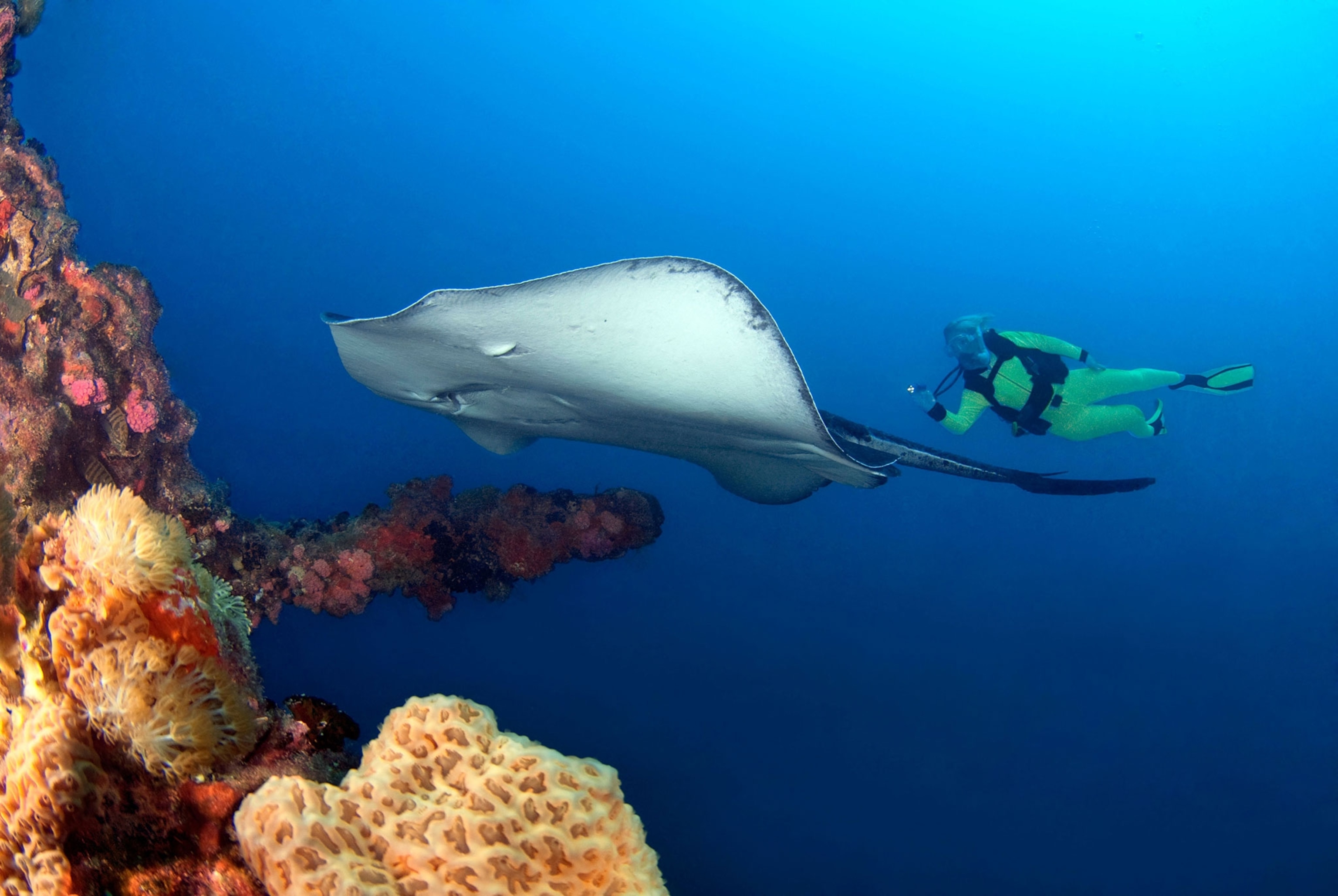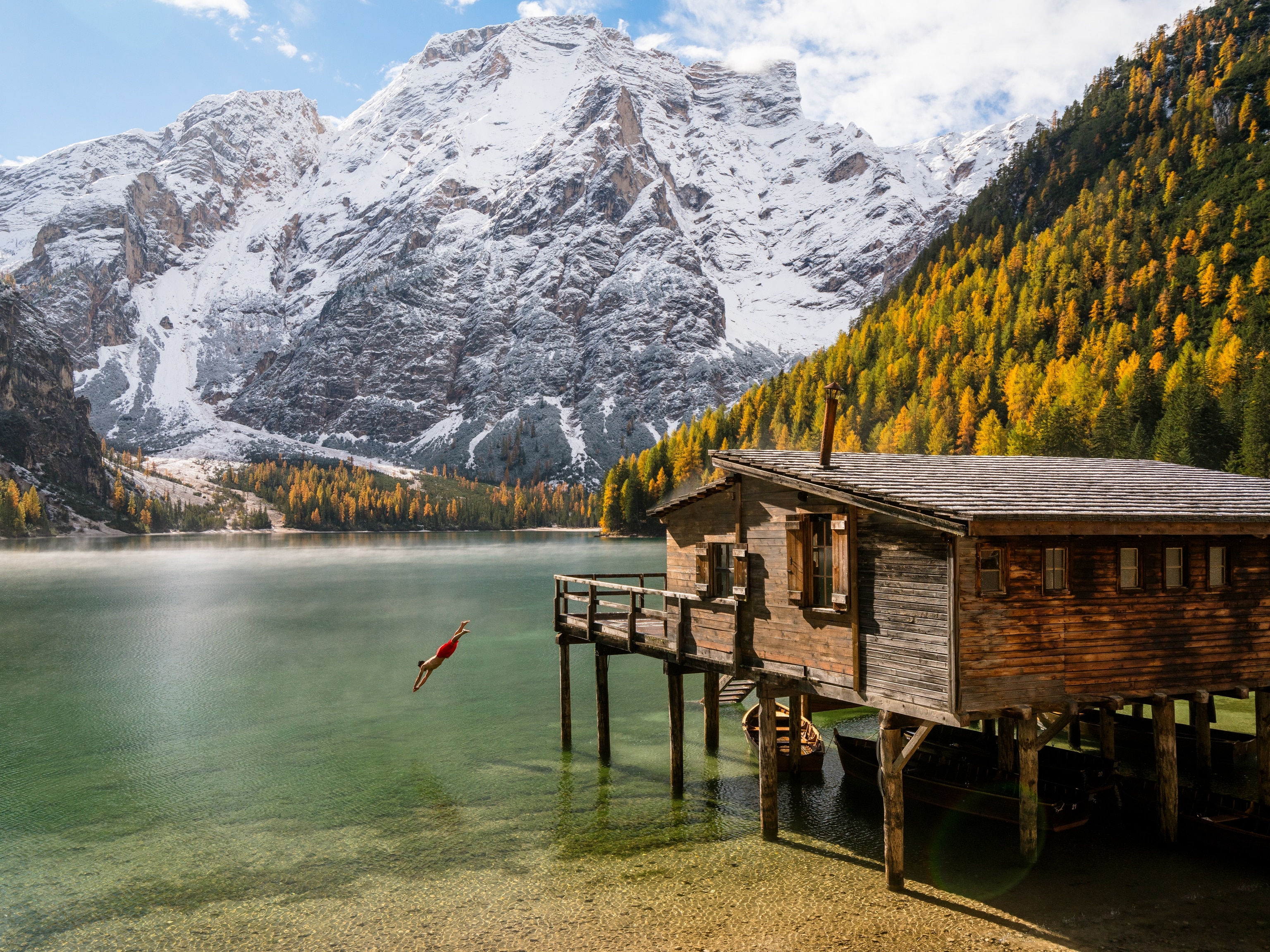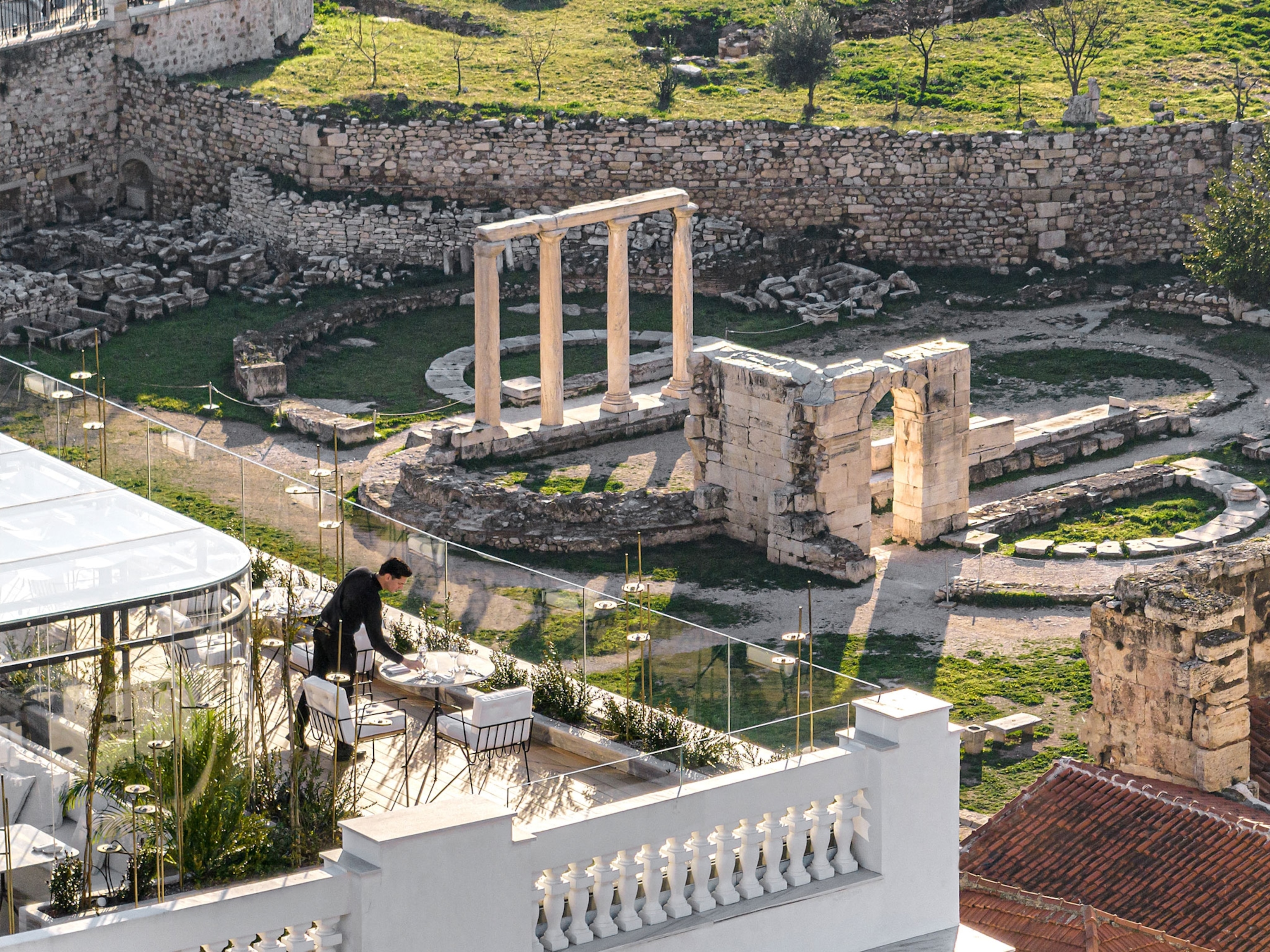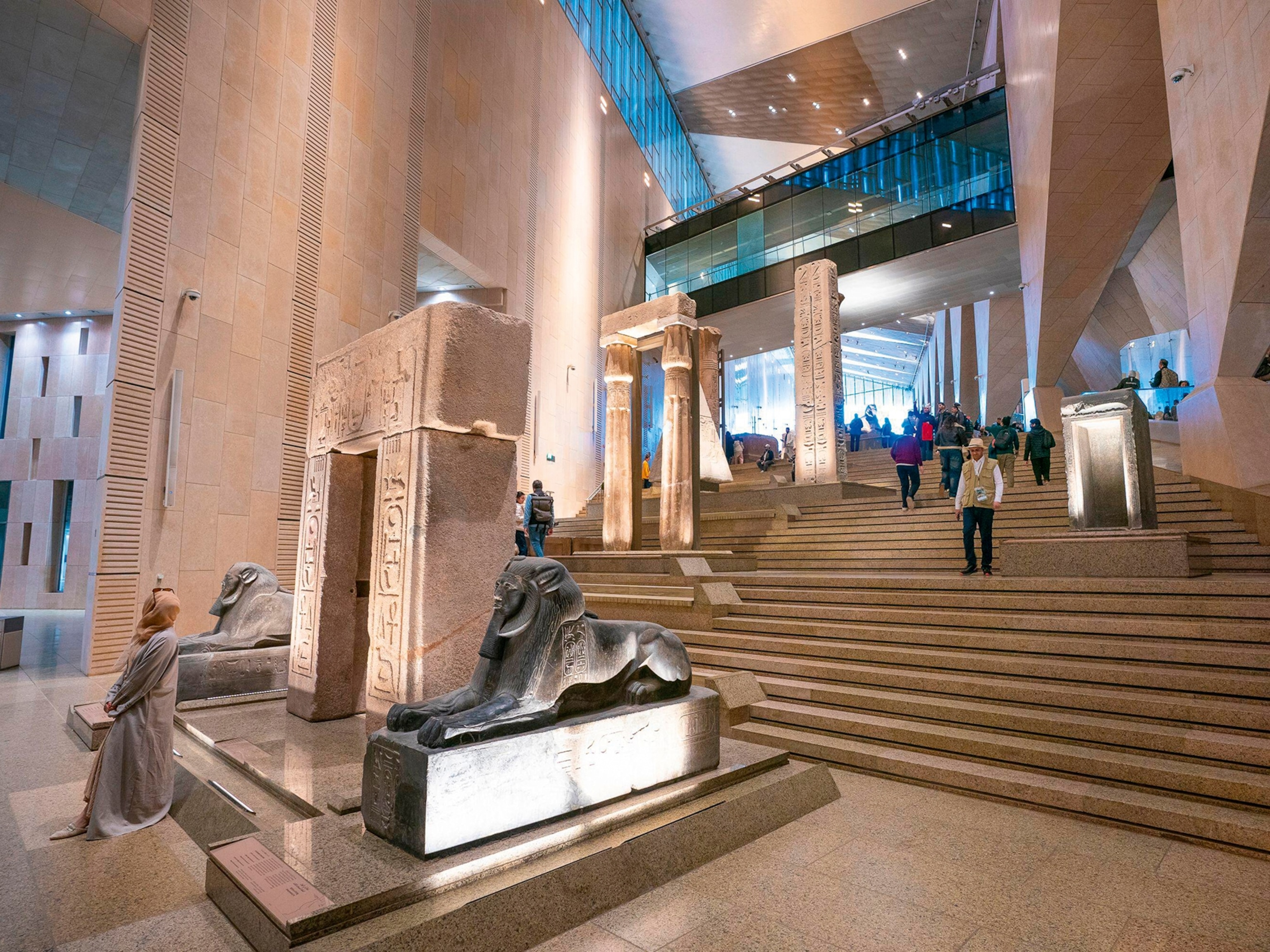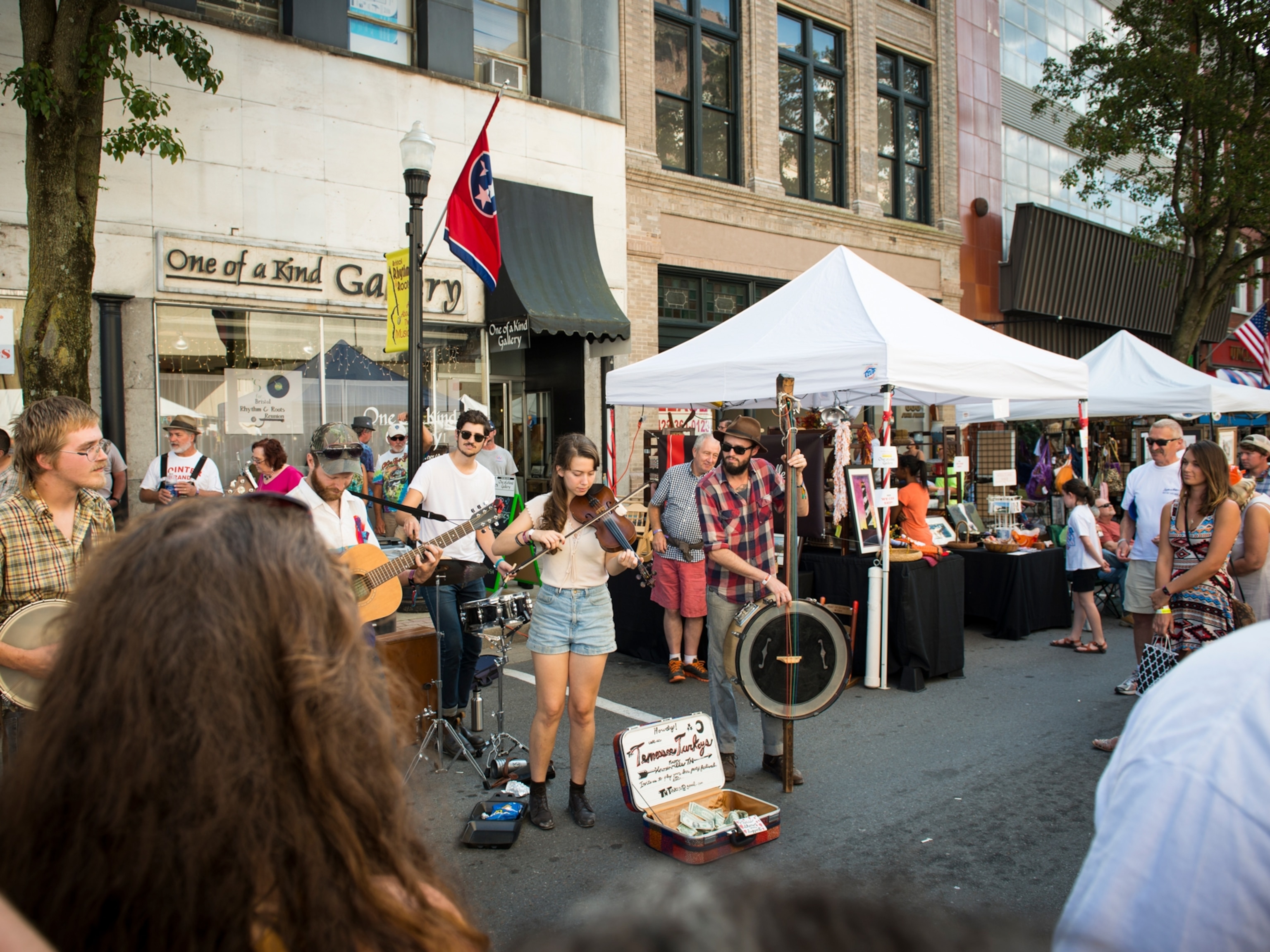
Swim Through the First Underwater Museum in the U.S.
Opening this month, the museum features sculptures beneath the surface–intermingling responsible tourism, environmentalism, and creativity.
The phrase “barren sand flat” does not typically inspire creativity. It is this condition, however, that makes the bottom of the Gulf of Mexico the perfect spot for the United States’ first Underwater Museum of Art (UMA). Located about three-quarters of a mile off the Florida panhandle and the sugary-white shoreline of Grayton Beach in Walton County, the UMA is scheduled to open at the end of June 2018.
Like similar undertakings near Cancun and the Museo Atlantico Lanzarote in the Canary Islands, the experience is best suited for scuba divers. On clear days, snorkelers will also be able to enjoy the submerged journey, which showcases seven sculptures at a depth of around 60 feet and intermingles responsible tourism, environmentalism, and creativity.
The public space–which will be free of charge for all visitors–is a collaboration between the Cultural Arts Alliance of Walton County (CAA) and South Walton Artificial Reef Association (SWARA)—with support from the Walton County Tourist Development Council and the National Endowment for the Arts. The creations resting on the Gulf’s floor will include an homage to Jacques Cousteau’s Aqua-lung, a hollow pineapple, a skull, and an anamorphous octopus. All have been designed to facilitate and encourage the integration of sea life like coral growth, schools of fish, and embryonic oysters.
Related Photos: World's Best Scuba Diving Spots
Above the surface, a partnership between an arts alliance and artificial-reef-building environmentalists may be curious. But, creativity is, by definition, unpredictable and layered with epiphanies. In this case, the inspiration came to CAA board member and artist Allison Wickey, who, in 2017, was snorkeling above one of SWARA’s artificial reefs—this one shaped like a turtle—which the organization built to promote marine wildlife diversity while increasing sustainable ecotourism. (In total, SWARA has deployed four snorkeling and nine dive reefs in the area. Each reef is composed of dozens of structures and 700 have been in place since 2015). “[It was a] huge lightbulb moment” remembers Wickey, who discussed logistics with SWARA and then proposed the idea to the CAA. “The faces in the room lit up, and that has been the same reaction we get from everyone who hears about the project.”
The UMA’s sculptures are set in 3,500 to 5,000 pounds of concrete and contain no plastics or other toxic materials. When the weather window is correct, the collection will be shuttled to its final resting spot on a barge. After, the pieces of art are gently lowered into position, by crane, about 20 feet apart at the bottom of the Gulf. As soon as delivery is complete, the exhibits are open for this unique museum’s rare breed of art patron.
“When you dive down and view the exhibit and see the marine life clustered around the structures you gain appreciation,” says Andy McAlexander, the president of SWARA’s board of directors, about the philosophy-changing power of the UMA, which will deploy a new set of creations annually. “When you see small fish taking refuge inside a piece of art you see more than just the beauty of the Art, you experience the beauty of life in general and how each of us has a part to play in preserving something so fragile.”
- National Geographic Expeditions
